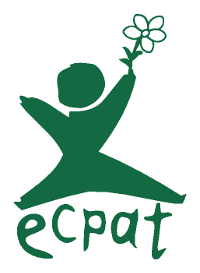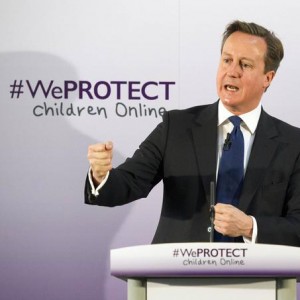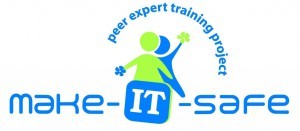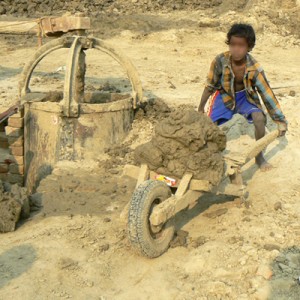The 18th of November 2015 will mark the first European Day on the Protection of Children against Sexual Exploitation and Sexual Abuse. Save the date and join us in the fight against commercial sexual exploitation of children!

The purpose of the European Day, initiated by the Council of Europe, is to raise public awareness and to open the discussion on the protection of children against sexual exploitation and abuse.
It will also offer the occasion to promote the Lanzarote Convention, a unique legally binding instrument for the criminalization of all forms of sexual abuse of children.
This Day is meant for children, parents, educators, decision-makers, NGO, etc. and for anybody that’s touched by the protection of children.
Copyright ECPAT Belgique « Stop à l’exploitation sexuelle commerciale des enfants »


 Web giants Google, Facebook and Twitter have joined forces with a British charity in a bid to remove millions of indecent child images from the net.
Web giants Google, Facebook and Twitter have joined forces with a British charity in a bid to remove millions of indecent child images from the net. 2014 has been a commemorative year for ECPAT Belgium: 10-year anniversary of the “Stop Child Prostitution” campaign, 20 years since ECPAT Belgium started and 25-year anniversary of the Convention on the Rights of the Child.
2014 has been a commemorative year for ECPAT Belgium: 10-year anniversary of the “Stop Child Prostitution” campaign, 20 years since ECPAT Belgium started and 25-year anniversary of the Convention on the Rights of the Child. This is the main conclusion of the
This is the main conclusion of the 
 Each year, about
Each year, about